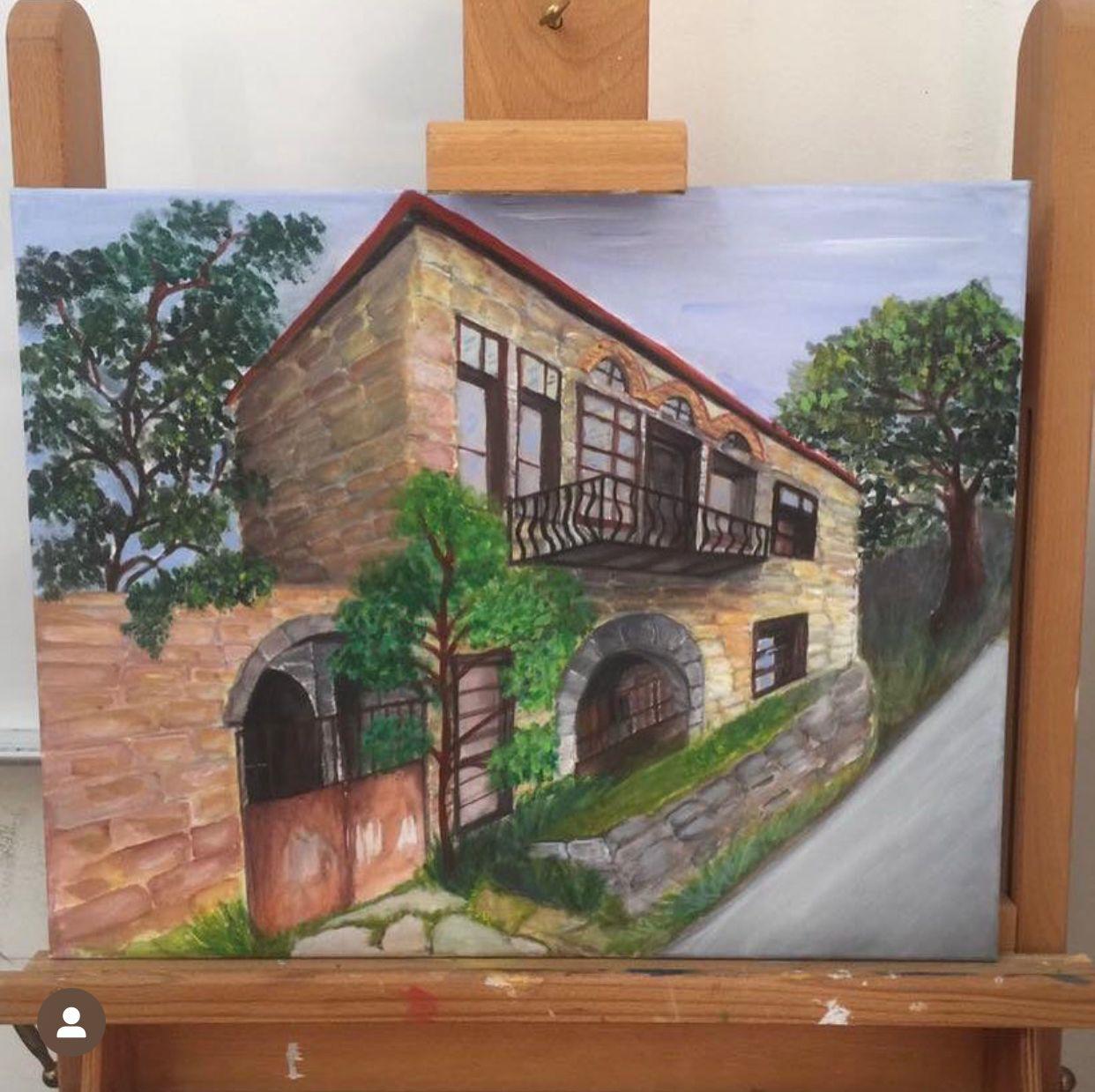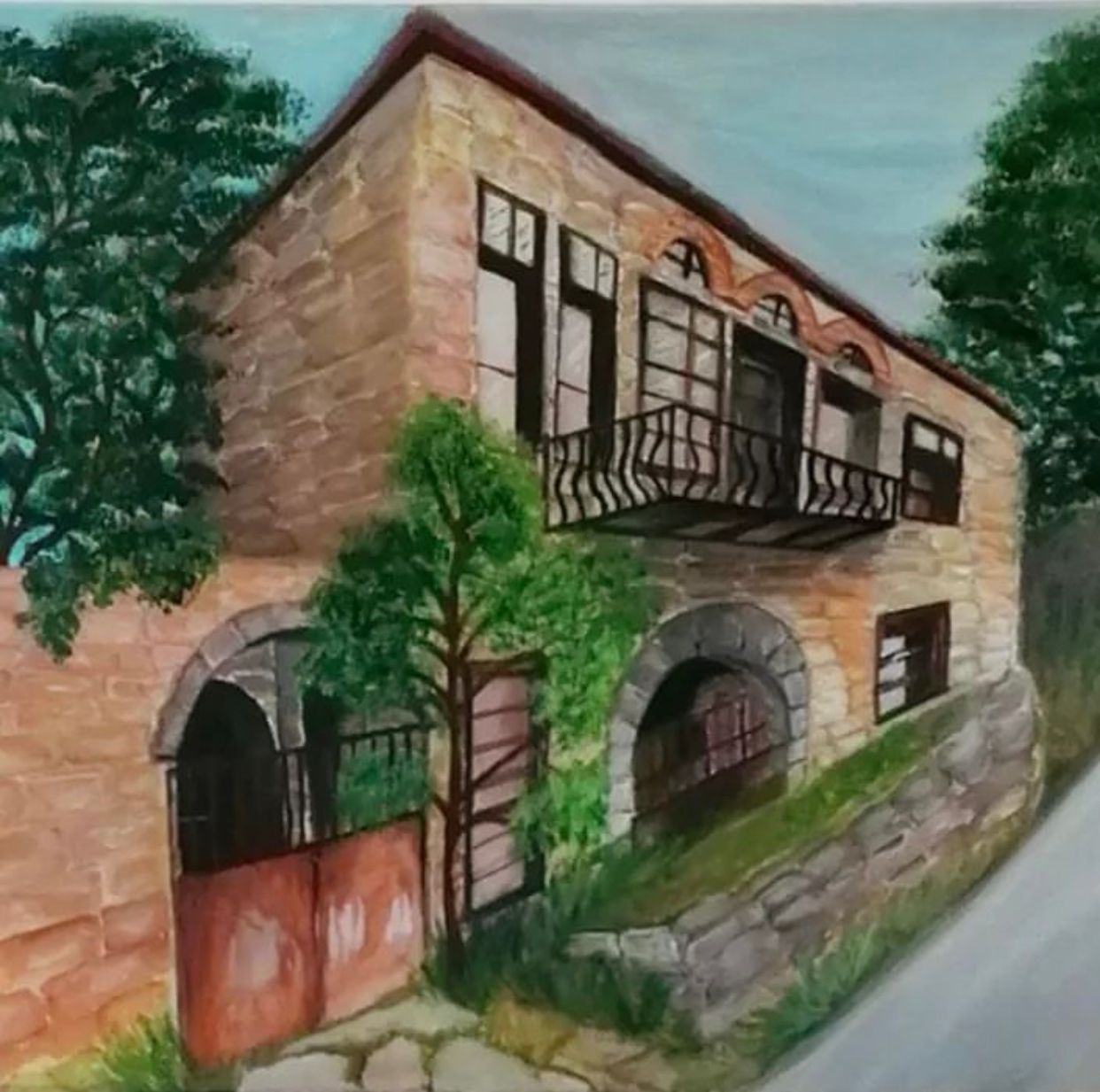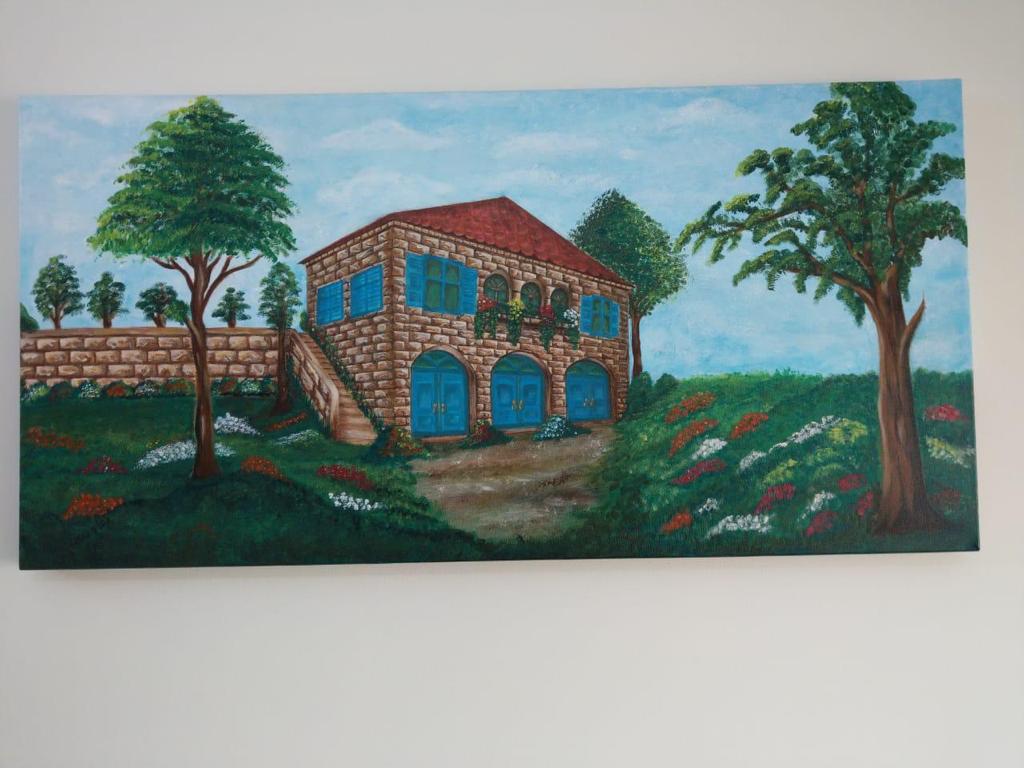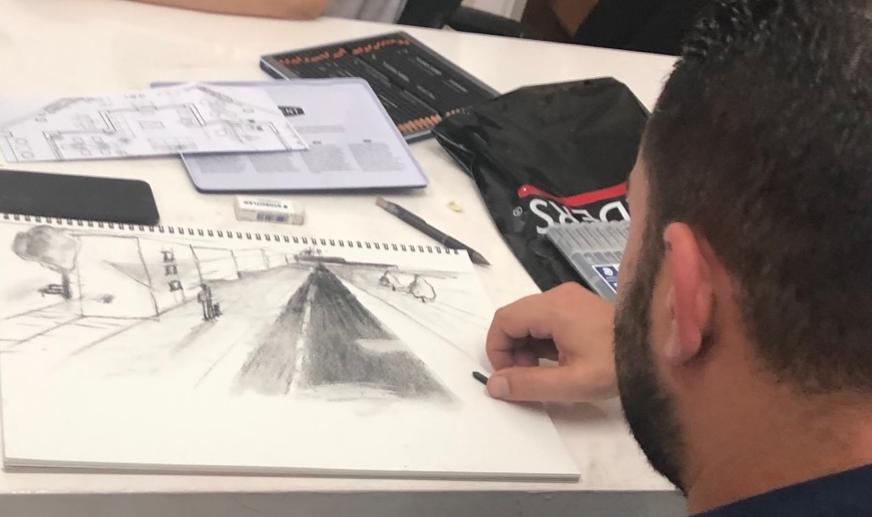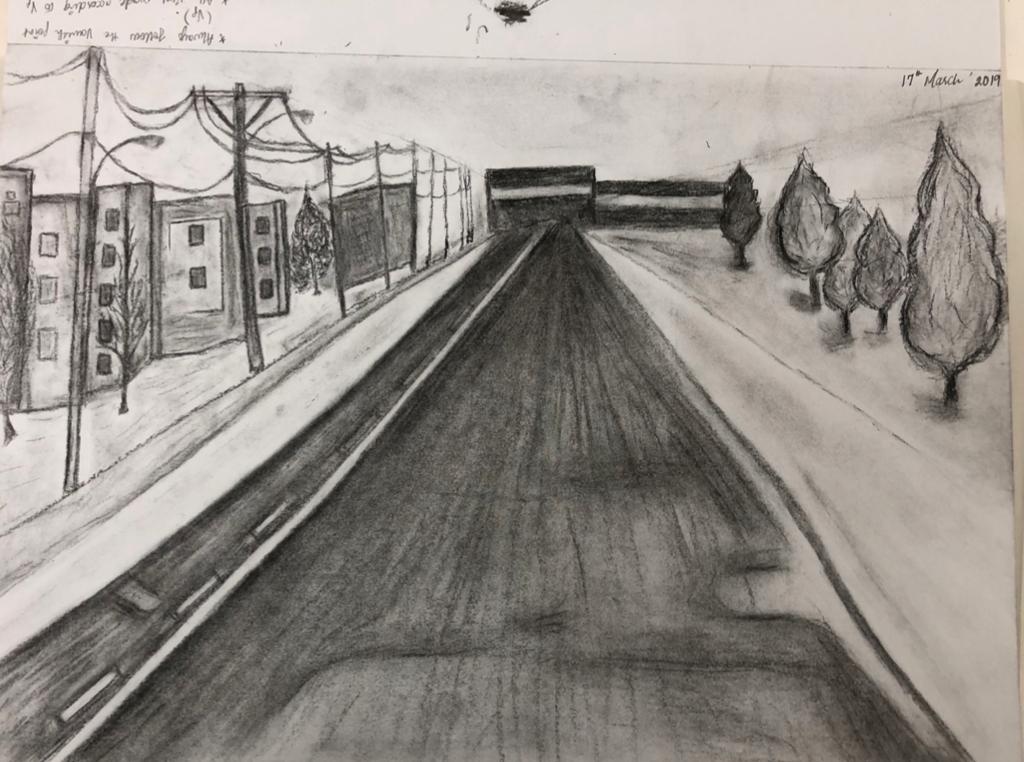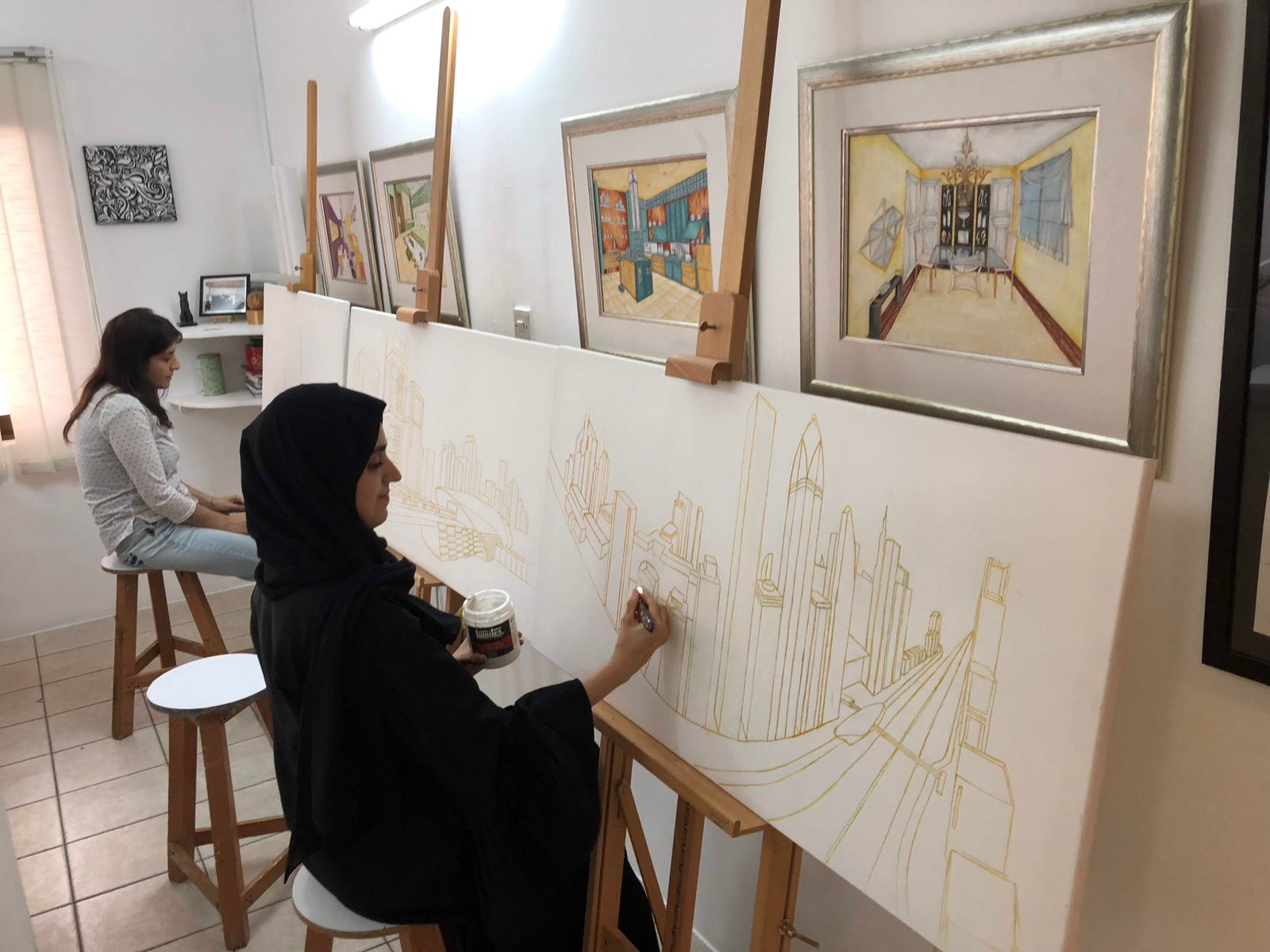Creative Perspective Drawing & Painting Online

Description
Master perspective drawing and painting with creative architect, designer, and artist Rita Nicolas the easy way! Whether you are an absolute beginner or an expert wanting a refresher, you will love the tips. The basic terms and definitions covered in this course are inherent to linear perspective drawing. It is a technique used in drawing or painting to give an image that is on a flat surface a sense of depth. Why is perspective important in drawing? Images with depth and perspective make us feel a part of it much more than flatter images. It basically captures how we see the world. It is critically important, as perspective is everything in life. It governs one’s mental outlook. This course will provide you with both the needed knowledge and the creative ideas you need to succeed in creative perspective drawing and painting. COURSE DESCRIPTION:
- This course is designed for artists, designers, and creative individuals who want to master perspective drawing and painting techniques to bring depth, realism, and artistic expression to their work. Students will explore one-point, two-point, and three-point perspective, develop their freehand sketching skills, and experiment with various painting techniques to enhance spatial compositions. Through hands-on exercises, they will learn how to depict architecture, interiors, and imaginative spaces with precision and creativity. By the end of the course, students will have a strong foundation in perspective illustration and expressive painting, creating visually striking compositions that convey depth and atmosphere.
- Understanding the fundamentals of perspective in art and design
- One-point, two-point, and three-point perspective techniques
- Freehand sketching vs. technical perspective drawing
- Composition and focal points in perspective artworks
- Drawing buildings, interiors, and landscapes with depth
- Creating realistic spatial relationships between objects
- Sketching light and shadow for a 3D effect
- Introduction to watercolor, gouache, acrylics, and markers
- Layering colors to create depth and atmosphere
- Experimenting with textures and brushstrokes
- Using highlights and shading to enhance realism
- Creating soft and hard textures using various painting techniques
- Understanding reflections, transparency, and lighting effects
- Blending realism with artistic abstraction
- Moving beyond realism
- Combining multiple perspectives for creative effects
- Mixed-media techniques for unique artistic expression
- Sketching and painting a final detailed perspective piece
- Final critique and feedback session
- We offer longer and more flexible timings:
We have always ongoing session and you can join any batch. Just contact us: 055 578 2280.
Check the Contact Us page it has all our details. We are located in JLT.
